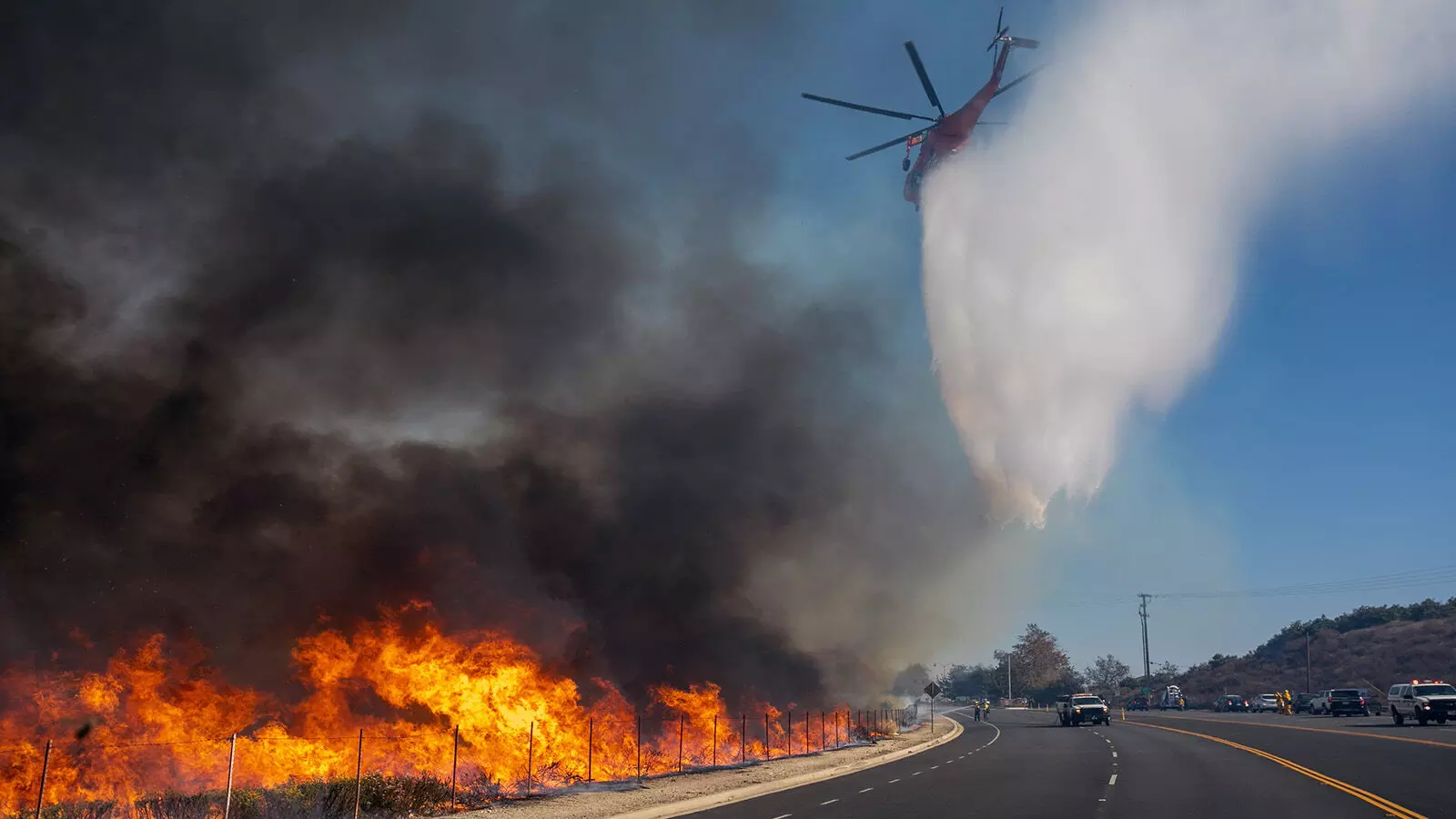What You Need to Know About the Santa Ana Winds and Their Impact
Learn about the Santa Ana winds, their role in fueling wildfires, how they form, and the potential impacts of climate change on their intensity. Understand the risks and challenges they pose in California.
What You Need to Know About the Santa Ana Winds and Their Impact

The Santa Ana winds, a familiar phenomenon in California during the colder months, can create hazardous conditions that exacerbate wildfires, as seen recently in Los Angeles, where homes have been destroyed and thousands evacuated. Here’s an overview of these winds and their potential impact.
What Are the Santa Ana Winds?
Santa Ana winds are strong, dry, and often warm winds that flow westward from Nevada and Utah into Southern California. These winds typically occur in the colder months due to the interplay of high- and low-pressure systems that dominate mid-latitude weather patterns in the northern hemisphere.
Alex Hall, director of the Institute of the Environment and Sustainability at UCLA, explains that the Great Basin — a high-altitude, arid region spanning much of Nevada, parts of Utah, and neighboring states — plays a pivotal role. The region acts like a "big bowl," with mountain passes serving as outlets. When high-pressure air builds over the basin, it escapes through these passes, creating the fast-moving winds that sweep toward the lower-pressure coastal areas of Southern California.
As the air descends, it becomes compressed, warming as it moves. This phenomenon, similar to how air warms when compressed into a bicycle tire, contributes to the winds’ intensity.
How Does Climate Change Impact Santa Ana Winds?
The connection between climate change and the Santa Ana winds is complex and not fully understood, according to Mr. Hall.
Increased Wildfire Risks: Warmer temperatures are linked to larger and more frequent wildfires. Shorter rainy seasons due to climate change may mean the winds coincide more often with drier vegetation, increasing fire risks.
Potential Weakening of Winds: Research suggests that if the desert warms more than the ocean, the pressure difference driving the winds could diminish, potentially weakening them over time.
While these theories offer insights, scientists have yet to reach a consensus on how climate change will ultimately affect the Santa Ana winds.
Are the Santa Ana Winds Dangerous?
Yes, the Santa Ana winds can create life-threatening conditions, particularly in wildfire-prone areas.
Fire Spread: The winds can lift embers from an existing fire, igniting new fires in unburned areas, effectively creating multiple fires that rapidly spread and merge.
Challenges for Firefighting: High winds can ground firefighting aircraft and reduce the effectiveness of water and retardant drops. Additionally, they may topple trees, block roadways, and hinder emergency evacuations.
Downed Power Lines: The winds can bring down power lines and poles, posing risks to both the public and firefighters. These obstacles can further complicate emergency response efforts.
Jesse Torres, a battalion chief with the California Department of Forestry and Fire Protection, emphasizes the multifaceted dangers posed by the winds, both in spreading fires and impeding rescue and firefighting operations.
The Santa Ana winds are a powerful natural force with the potential to significantly impact California's environment and public safety. While their behavior in a changing climate remains uncertain, their role in fueling wildfires is a critical area of concern for researchers, firefighters, and communities alike.

